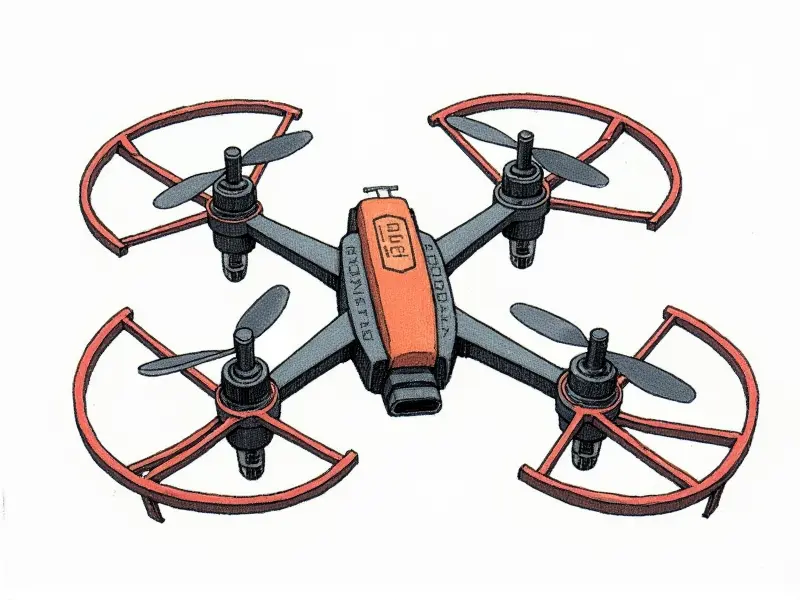Battery vs power efficiency

Maximize Flight Time with Efficient Batteries
The key to extending the flight time of your RC aircraft lies in choosing the right type and capacity of batteries. High-quality lithium polymer (LiPo) batteries are favored for their high energy density, which allows them to store more power in a smaller package compared to other battery types like NiMH or Li-ion.
When selecting a battery, consider its discharge rate (C rating), voltage, and capacity (mAh). A higher C rating indicates better performance under heavy load conditions, while the mAh value determines how long your aircraft can stay airborne before needing a recharge. Opt for batteries with balanced specifications to ensure optimal flight duration.
Boost Your Drone's Performance with Smart Batteries
Smart batteries are equipped with built-in microcontrollers that monitor and report battery status in real-time, including voltage levels, discharge rates, and temperature. This information is crucial for maintaining peak performance and preventing overheating or over-discharge.
Incorporating smart batteries into your RC setup can enhance safety by alerting you to potential issues before they become critical. Additionally, these advanced features enable more precise control over battery management systems (BMS), leading to extended lifespan and reliability.
Power Efficiency Tips for RC Quadcopters & Helis
- Optimize Propeller Design: Use propellers with efficient blade profiles that reduce drag and increase lift. This minimizes power consumption without sacrificing performance.
- Select Appropriate Motor Size: Match motor size to the weight of your quadcopter or heli for optimal thrust-to-weight ratio, ensuring efficient energy use.
- Implement Voltage Regulation: Utilize voltage regulators to maintain a steady power supply to motors and electronics, preventing fluctuations that could lead to inefficiencies.
Optimizing Battery Life in FPV Racing Drones
FPV racing drones require high-speed performance and quick response times. To maximize battery life while maintaining agility:
- Choose Lightweight Components: Opt for lightweight frames, motors, and ESCs to reduce overall weight and improve flight efficiency.
- Adjust Motor PWM Settings: Fine-tune motor pulse width modulation (PWM) settings to balance power output with energy consumption.
- Incorporate Energy-Saving Features: Enable features like auto-landing or low-voltage cut-off to prevent deep discharge and extend battery life.
Battery Choices Impact RC Airplane Endurance
The endurance of an RC airplane is heavily influenced by the type and capacity of its batteries. For long-duration flights, consider using high-capacity LiPo cells with moderate C ratings to ensure sustained power delivery without compromising safety.
- High-Capacity Batteries: Use larger mAh values for extended flight times but be mindful of weight constraints.
- Voltage Matching: Ensure that the battery voltage matches the motor requirements to avoid inefficiencies and potential damage.
- Battery Placement: Strategically position batteries within the fuselage to maintain optimal center of gravity and balance during flight.
Understanding the Trade-offs Between Battery & Power
Selecting between battery capacity and power output involves balancing several factors such as weight, performance requirements, and desired flight duration. Higher-capacity batteries offer longer endurance but may add significant weight to your aircraft, impacting maneuverability.
Conversely, prioritizing high-power output through smaller, higher-C rating batteries can enhance speed and agility at the expense of reduced flight time. Carefully evaluate these trade-offs based on specific use cases and operational needs.
Which Battery Offers Better Power Efficiency?
The most efficient battery depends largely on your RC aircraft's design and intended application:
- Drones & Quadcopters: High-C rating batteries for rapid discharge during high-thrust maneuvers, coupled with moderate capacity for sustained flight.
- FPV Racing Drones: Lightweight, high-discharge rate batteries optimized for speed and agility over extended periods.
- RC Airplanes: High-capacity batteries that provide steady power output throughout the flight without excessive weight penalties.
Efficient Power Usage: Key to Longer Flights
Maintaining efficient power usage is essential for maximizing flight duration. This involves not only selecting appropriate battery types but also optimizing system components and operational practices:
- Reduce Electrical Load: Minimize the number of active electronic devices and sensors to decrease overall power consumption.
- Optimize Flight Patterns: Plan flight paths that minimize energy expenditure, such as flying at optimal altitudes and avoiding unnecessary maneuvers.
- Maintain Battery Health: Regularly check battery condition and replace worn-out cells to ensure consistent performance and longevity.
Enhance Your RC Aircraft's Efficiency with These Tips
To further improve the efficiency of your RC aircraft, consider implementing these additional strategies:
- Aerodynamic Design: Streamline body shapes to reduce air resistance and enhance lift-to-drag ratios.
- Weight Optimization: Use lightweight materials for construction while ensuring structural integrity.
- Efficient Motor Selection: Choose motors with high efficiency ratings that convert electrical energy into mechanical power more effectively.
Choosing the Right Battery for FPV Racing
Selecting batteries specifically tailored for FPV racing drones involves prioritizing performance over endurance:
- High-Discharge Rate Batteries: Opt for cells with high C ratings to handle rapid discharge during intense maneuvers.
- Balanced Capacity: Strike a balance between capacity and weight to ensure sufficient power while maintaining agility.
- Temperature Management: Use batteries designed to operate efficiently across a wide range of temperatures, ensuring consistent performance in various conditions.
Battery Lifespan vs. Power Consumption Trade-offs
The longevity of your battery and its power consumption are interconnected aspects that must be carefully managed:
- Deep Discharge Avoidance: Prevent deep discharges to prolong battery life by setting voltage cut-off points.
- Battery Charging Practices: Follow recommended charging protocols to maintain optimal cell health and capacity retention.
- Environmental Factors: Store batteries in cool, dry environments away from direct sunlight or heat sources to preserve longevity.
By understanding these trade-offs and implementing best practices for battery selection and management, you can optimize the performance and efficiency of your RC aircraft while extending its operational lifespan.

